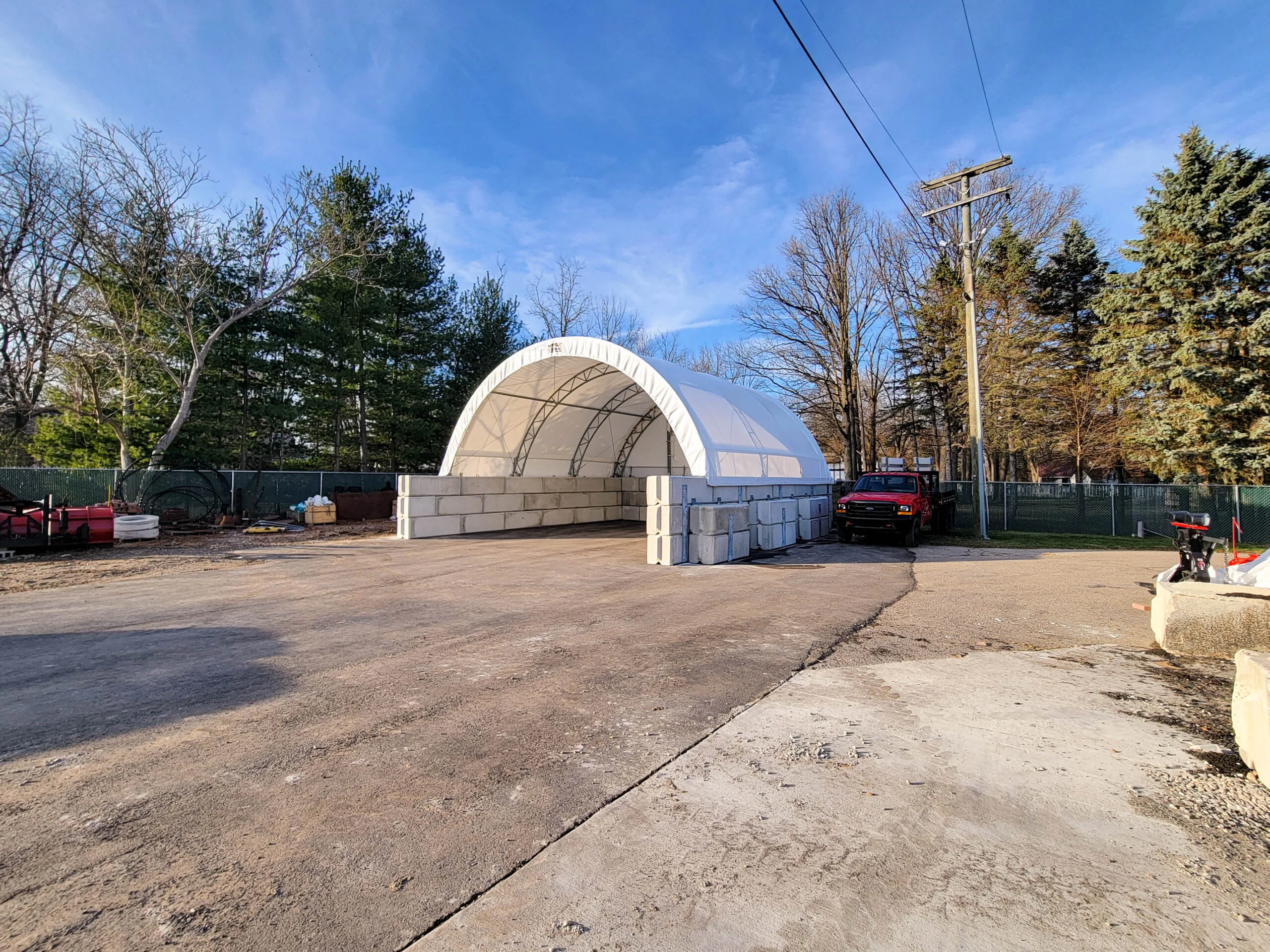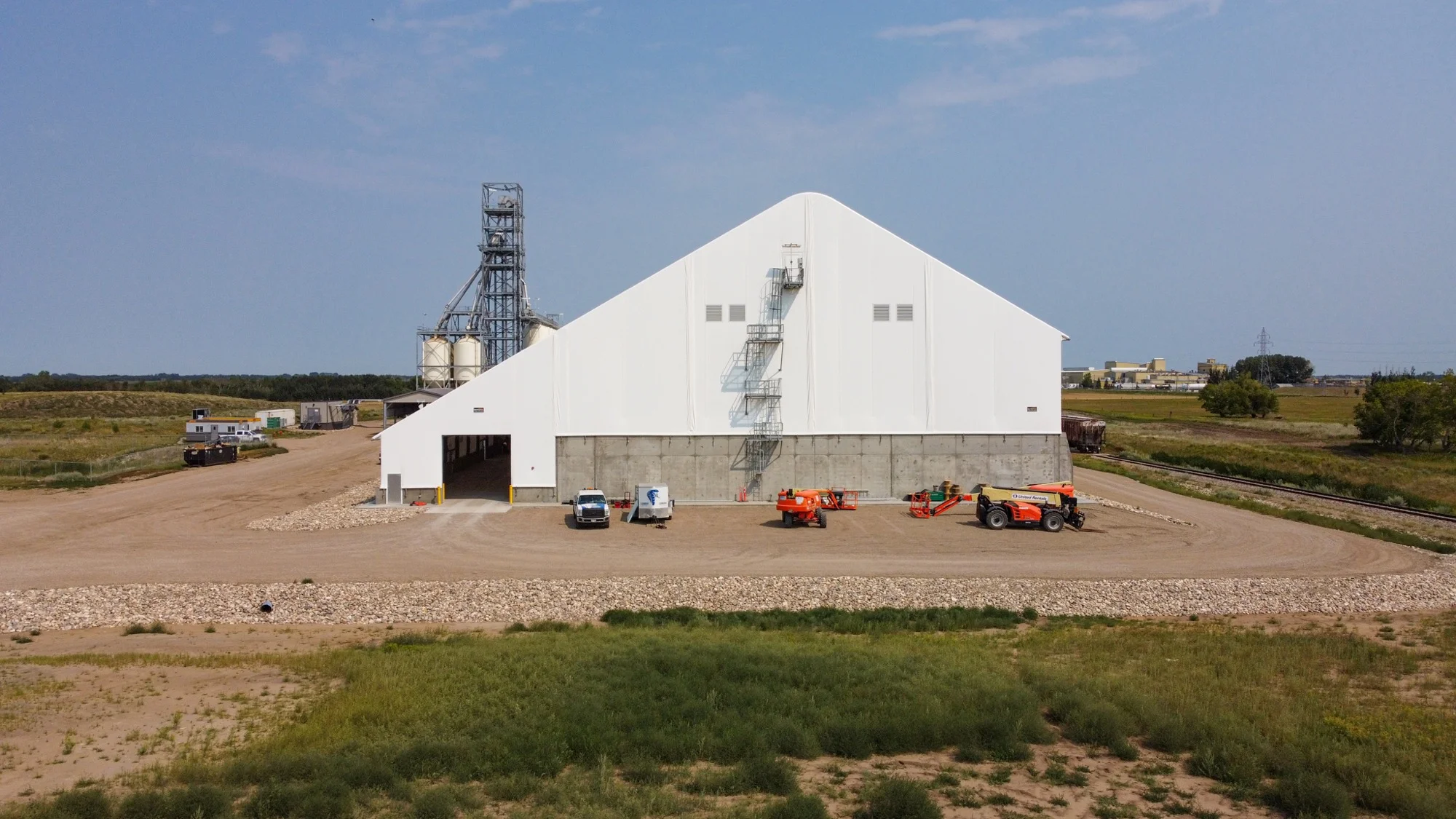Maintenance Tips and Best Practices for Extending Your Fabric Building’s Lifespan
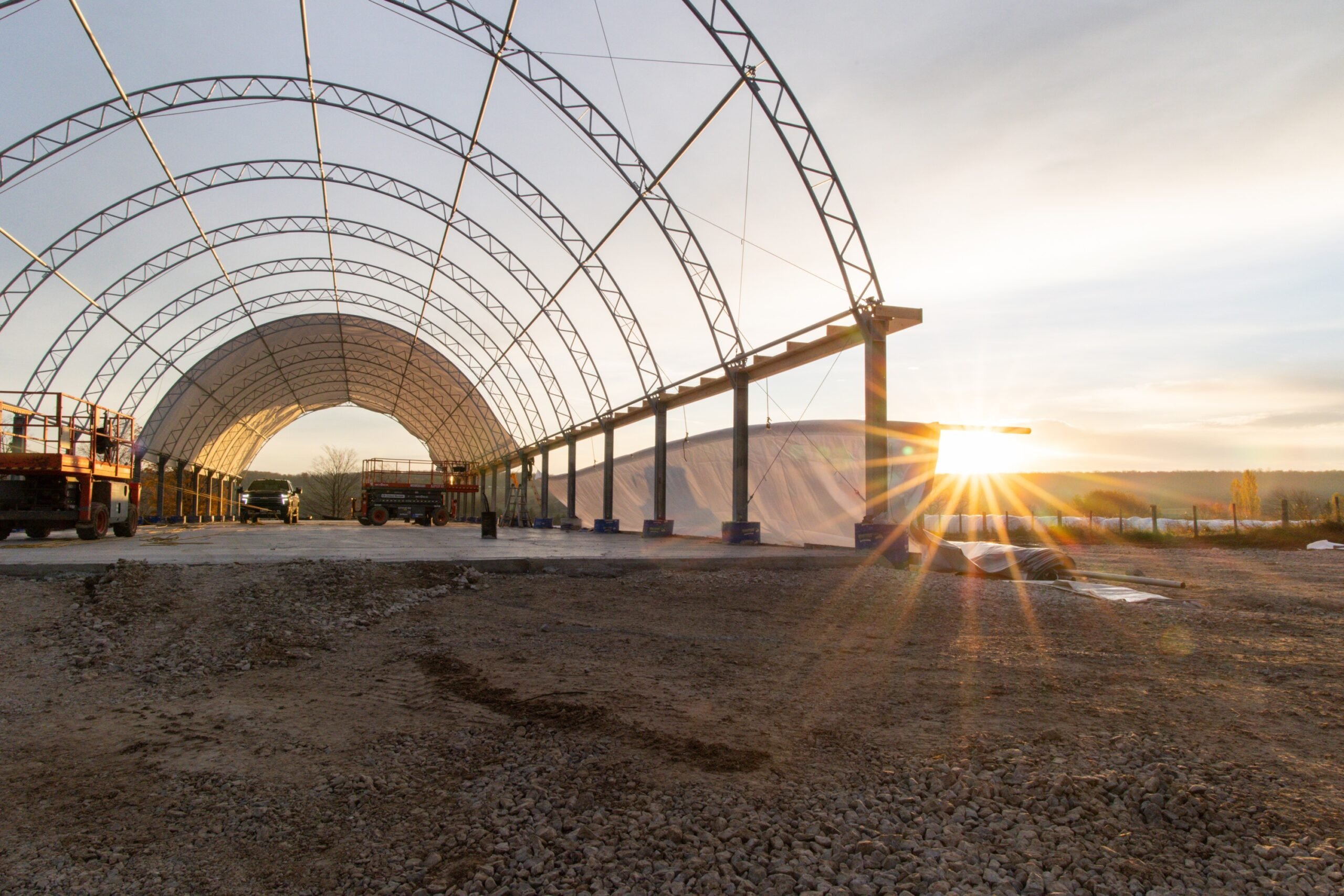
The value of your fabric buildings is hard to put a number on. They provide increased efficiency and productivity, reduce overall investment costs in structures, and afford fewer accidents. Yet, you can extend that value even further by investing in proper fabric building maintenance.
While there is not an extensive amount of maintenance to do, routine upkeep and the use of our professional fabric building maintenance services can extend the life and enhance the durability of your system for years longer. At Britespan, we want you to get the most out of that structure. Here’s how to do just that.
The Importance of Routine Inspections: Proactively Identifying Potential Issues in Your Fabric Structure
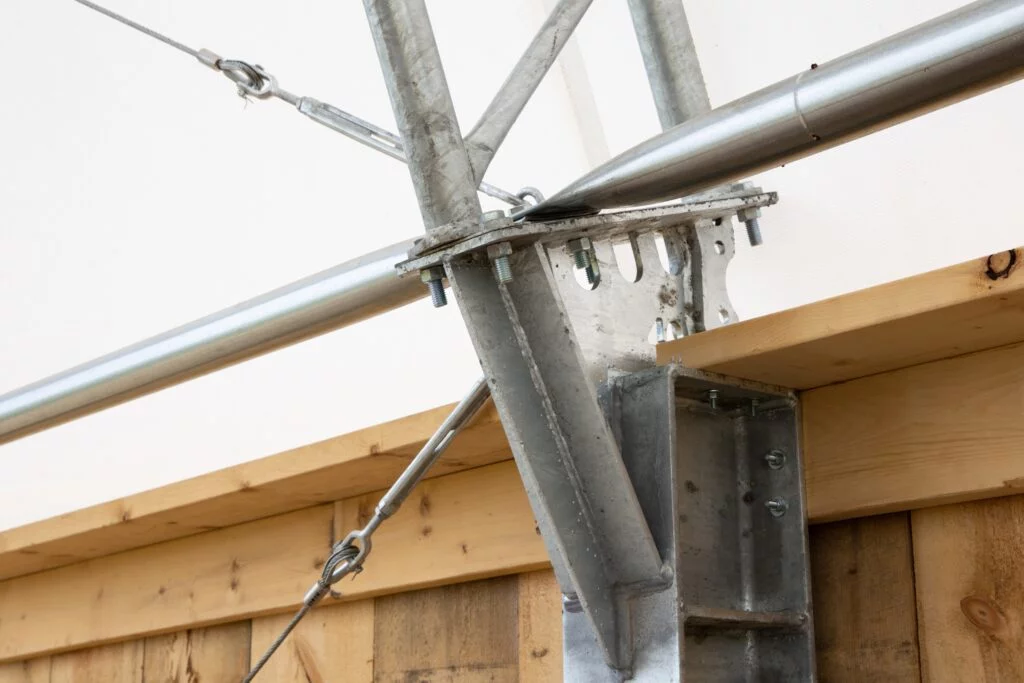
Paying attention to your structure matters. While the following fabric structure maintenance tips are effective, the most important thing you can do is monitor the structure’s condition with regular, scheduled inspections.
- Investigate the fabric cover on a routine basis. This could be done at least once a season, but it should also happen after any significant wind or storm event that causes damage in the area.
- Inspect the steel frame at least once every 6 months or after severe weather for signs of loosening or wear. Look at all connection points and structural elements.
The most important signs of wear and tear that need to be addressed and monitored include:
- Noticeable rips, damage, or thinned areas in the fabric
- Structural damage, such as what could happen after equipment runs into the frame
- Star-lighting, in which tiny holes begin to appear on the surface of the fabric, often indicating the need to replace the cover
- Loss of cover or any detachment (the sooner you have these areas reattached, the less risk of excessive damage)
- Extensive wear points, especially on corners and areas where the frame and fabric come together
Early detection of these minor issues can reduce the risk of them becoming major problems that shorten the building’s lifespan. Instead, routine inspections can extend the lifespan of fabric buildings considerably.
Cleaning and Tensioning Your Fabric Cover: A Maintenance Must
Numerous steps can be taken to create longer-lasting fabric buildings. Consider the specific maintenance needs of the fabric membrane.
- Gentle cleaning matters. Use only mild soap to scrub the surface of the fabric membrane. This helps remove debris that would otherwise break down and damage the surface to a dangerous level.
- Never use any abrasive material or solvent on the structure. Any harsh chemical will speed up the breakdown of the surface. Avoid any cleaning solution not recommended by our team when professional installers install it.
- Address minor issues soon. When you notice even smaller areas of wear and tear or have areas with tears forming, have them repaired professionally immediately. That aids in prolonging fabric building durability.
- Maintain proper tension. The key to maintaining proper tension in fabric building is to follow the manufacturer’s specifications. Depending on the type of structure and the location, various levels of tension are necessary. You do not want too much tension, as that can cause wear and structural damage.
These best practices for fabric building care are secondary to any directions provided by the manufacturer. Fabric building maintenance is nothing to put off. If you find that you need fabric building repair services, our team can help quickly, ensuring that your structure’s integrity is protected to the highest level possible.
Maintaining the Steel Frame: Inspecting for Corrosion and Ensuring Structural Integrity
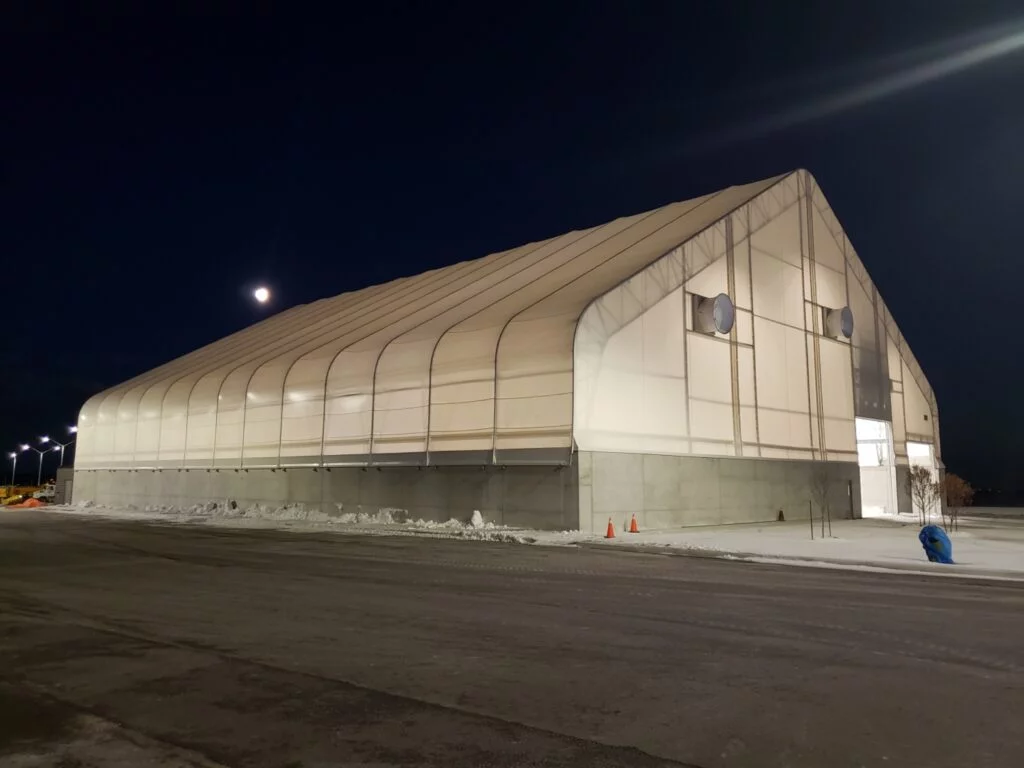
Some components of fabric building maintenance are more complex to handle. However, like routine maintenance for fabric structures and their membrane, you also need to consider the steel frame. Britespan uses some of the most advanced solutions to protect the functionality of your steel frame, including hot-dip galvanization. However, it is still essential to inspect it frequently.
During inspections, look for any signs of wear and tear. This could include areas of corrosion (depending on the type of system installed), buckling, and cracks. You may notice discoloration from time to time (i.e., white rust or chalky residue), which also needs to be addressed. It is critical to ensure all connections and anchoring points remain secure to maintain the building’s structural integrity over time.
While these fabric structure maintenance tips aim to empower you to handle most of the general maintenance, when there are concerns with the steel structure, that’s when it is time to call in a professional team. The repair to any building components should be done by a team that knows how to do so properly.
How to Maintain Fabric Buildings Effectively – Contact Our Team to Do the Work
Fabric building maintenance is a must for prolonging the life of your structure. Contact us to learn how our team can help you navigate the process.
